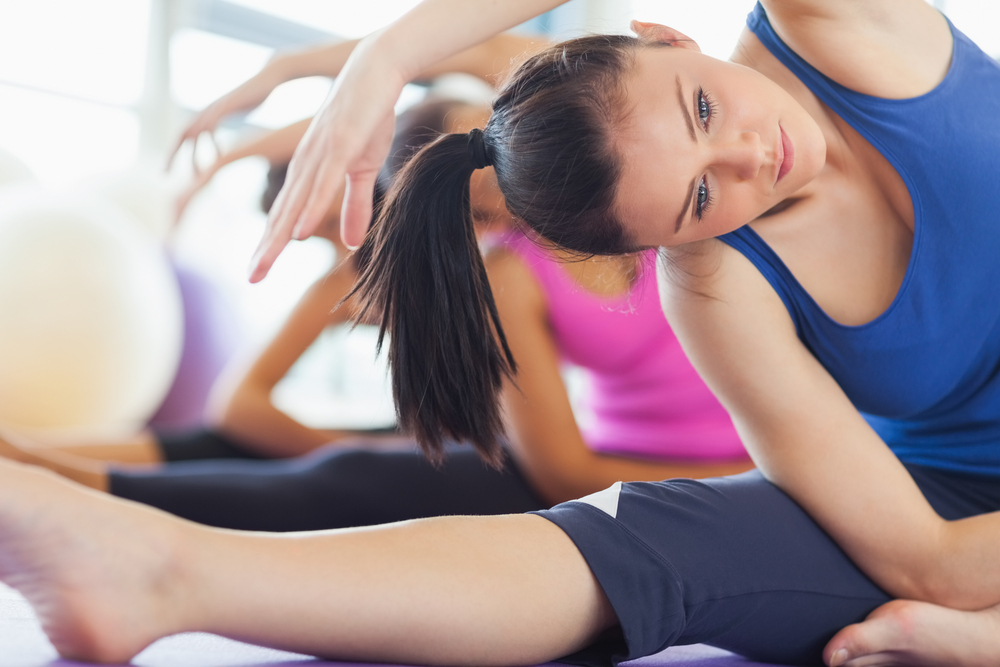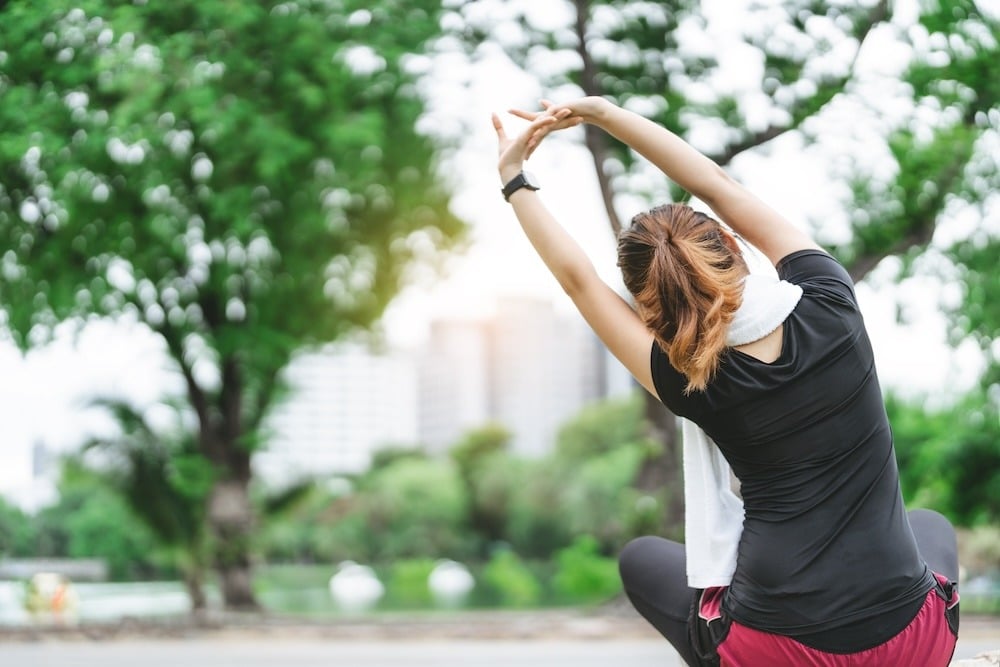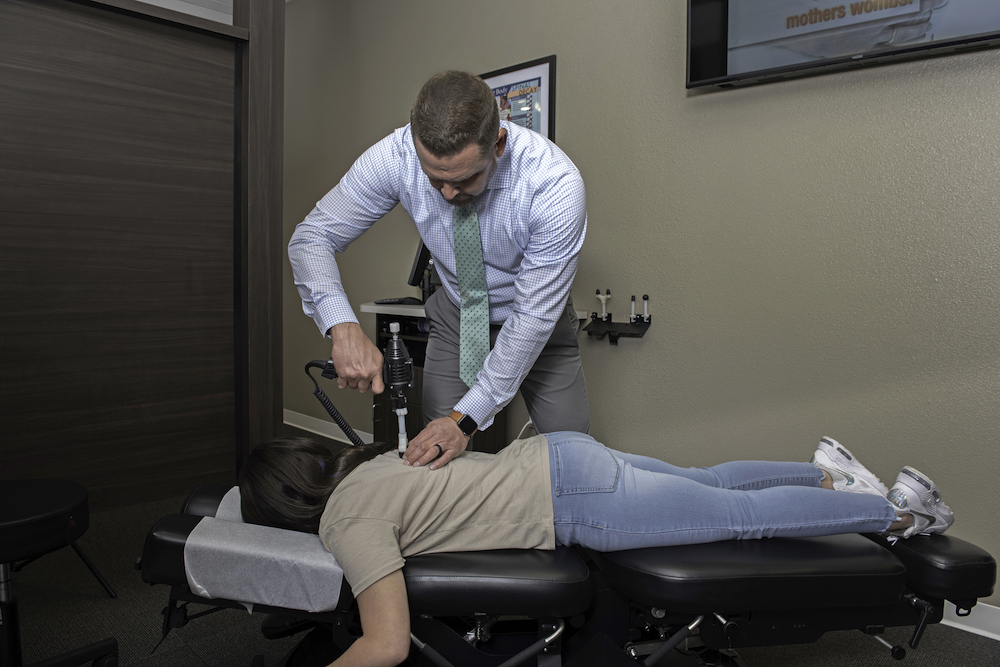Ways We Can All Benefit from Stretching More Often
4 min read

Do you stretch? For the vast majority of adults, the answer is no. Most of us don't stretch. Most of us don't even stretch before or after a workout. And the vast majority of Americans don't know they should be stretching every single day.
Why Is Stretching Important?
Many of us spend a whole lot of time in one position. Whether we sit most of the day or stand all day, too much of one position can make us stiff and sore. It puts a lot of strain on our muscles, spine, and joints. Stretching can also improve your balance which helps with avoiding falls something that becomes even more important as we get older.
You don’t need to stretch for a long period of time each day to get the benefits. It may be helpful to talk to your chiropractor or physical therapist before you set up a stretching routine, especially if you have past injuries, so that you can stay safe.
What are the Key Benefits of Stretching?
There are a number of key benefits of stretching. They include:
- Improved flexibility and range of motion. Stretching regularly will help you move your joints through their full range of motion, making everyday activities easier and delaying age-related mobility issues.
- Improved posture. Stretching improves your posture which, in turn, reduces your risk of back pain and repetitive stress injuries. Proper stretching and strengthening exercises will encourage proper alignment of your spine.
- Prevention of back pain. Back pain can be caused by poor posture, but it can also be caused by tight muscles in your back. These decrease your range of motion, make it harder to use your spine properly, and increase the likelihood of straining. If you already have back pain, your chiropractor will recommend stretching exercises. If you do not, then make sure to stretch your back regularly. Read more on our blog how stretching can help prevent back pain.
- Increased blood flow to muscles. Stretching improves circulation and increases the flow of blood to your muscles. This, in turn, makes them healthier. If you are working out, stretching shortens recovery time and can reduce delayed onset muscle soreness (DOMS). That's the ache you experience a day or two after a good work out.
- Reduced stress. Stretching feels good and can help reduce your stress levels. It can be a nice break in a tough workday. Stress also makes you tighten your muscles (think about how you clench your buttocks when stressed, or how you start to feel stress between your shoulder blades. Forcibly loosening them can reduce the feeling of being stressed out.
- Prevention of tension headaches. Tight muscles are a primary cause of tension headaches, so stretching can make them less frequent and severe.
Tips for Effective Stretching
Here are some tips to make your stretching routine as effective as possible:
- Talk to a chiropractor or a physical therapist. They can assess where you are particularly tight and look at your lifestyle, including any active hobbies you engage in, and help you come up with a personalized stretching routine. This is especially important if you have a history of back injuries, neck pain, or other types of injuries that should be considered before you choose a set of stretches.
- Stretch every day. Missing a day every now and then (due to travel or whatever) will not hurt you, but the closer you can stay to every day, the better.
- Target major muscle groups. Focus on areas that tend to get stiff form not moving them such as hips and buttocks, hamstrings (upper, back of the leg), quadriceps (upper front of the leg), lower back, upper back/shoulder area, and neck.
- Stretch after physical activity. Some mild stretching before working out is fine, but don’t overdo it. Stretching cold muscles can cause damage. You’ll get the most benefit from stretching after physical activity because your joints and muscles are warmed up.
- Hold each stretch for 60 seconds. If you can hold each stretch for a minute, you are allowing the muscles to really lengthen so that they become more flexible. If you can’t hold a stretch for that long, start shorter, maybe 15 seconds each, and gradually work up to 60 seconds per stretch.
- Don’t bounce. Bouncing can cause injury if you’re not warmed up sufficiently or you bounce too much.
- Breathe normally. You can breathe as you normally would or take long, deep breaths. Just don’t hold your breath. You need to get oxygen to your muscles.
- Don't expect instant results. Your flexibility will increase over time and it can take weeks or months to fully loosen tight muscles and restore range of motion.
- If you feel pain while stretching, stop immediately and talk to your doctor or chiropractor. Stretching should feel a little tight, but should never cause sharp pain. Pain while stretching can be a sign of an injury. If you have an injury, talk to your chiropractor about whether you should continue stretching or modify what you do.
If you want advice on how to come up with a stretching routine, especially if you are sedentary or already know you can't touch your toes, consider contact Village Chiropractic to schedule a consultation. We can help identify where your muscles need to be stretched more and help you work up a routine that can improve your quality of life for years to come.




